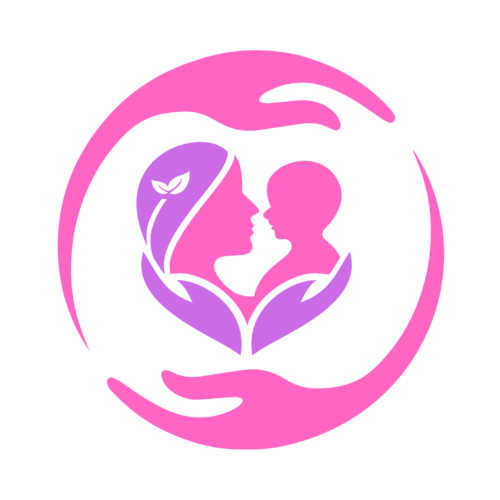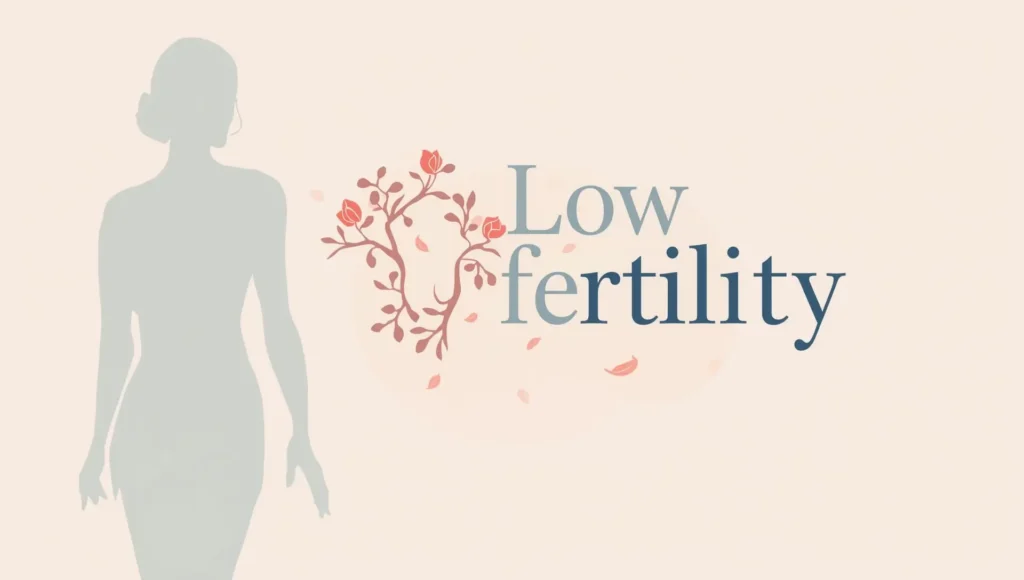Introduction:
Age has a significant impact on fertility, a crucial aspect of female reproductive health. While women are born with a finite number of eggs, their quantity and quality decline over time, leading to reduced fertility as they grow older. Age-related fertility decline is becoming a global concern due to social trends like delaying marriage and having children. For well-informed decisions regarding family planning and reproductive health, it is essential to comprehend the biological, medical, and social aspects of age-related fertility decline.
1. Biological Basis of Female Fertility
All of a woman’s eggs are present at birth—roughly one million to two million. By puberty, this number decreases to around 300,000–500,000.
Over the course of a woman’s reproductive life, she will only ovulate between 300 and 400 eggs. The rest undergo atresia, a natural degenerative process.
Due to optimal egg quantity and quality, fertility is highest in a woman’s 20s.
2. Decline in Egg Quantity and Quality
Egg Quantity:
From the early 30s on, the ovarian reserve—the number of eggs that are still in the ovaries—diminishes steadily, with a sharp decline after age 35.
Egg Quality:
The quantity of eggs with chromosomal defects rises with age in women. As a result, there is less chance of fertilization and a greater chance of miscarriage or birth defects. A woman in her early 20s has a 25–30% chance of conceiving each cycle; by the time she is 40, this chance has dropped to about 5%. Hormonal levels like FSH (follicle-stimulating hormone), which rises as the ovaries become less responsive (a sign of declining fertility) and are also influenced by age.
3. Impact on Menstrual Cycle and Ovulation
Aging affects the regularity of menstrual cycles due to changes in hormonal patterns.
When women reach menopause, usually around the age of 51, ovulation becomes less predictable and eventually stops. It’s possible that the luteal phase—the second half of the menstrual cycle—will shorten, which will make it hard to implant eggs. Perimenopause, which can begin in the late 30s or early 40s, further complicates fertility due to cycle irregularity and hormonal fluctuations.
4. Complications of Pregnancy at a Higher Risk
Maternal age increases are linked to greater potential of:
- Miscarriage
- Unplanned pregnancies
- Diabetes during pregnancy
- Preeclampsia
- Chromosomal anomalies (e.g., Down syndrome)
Pregnancies are usually examined with greater care for women over 35, who are known as “advanced maternal age.”
Assisted reproductive technologies (ART) such as IVF may be required, but success rates decline significantly after age 40.
5. Implications for one’s mental and social well-being
Career, educational, or financial considerations frequently account for delayed childbearing. The pressure to conceive quickly after age 35 can cause psychological stress, anxiety, and emotional strain in relationships.
Access to reproductive education and awareness of fertility are still essential for assisting women in making educated decisions regarding the timing of parenthood.
Conclusion
Fertility decline with age is a natural, biologically driven process, but one that carries significant emotional, medical, and societal implications. Women are able to make well-informed choices regarding their reproductive health when they are aware of the science behind this decline, whether they are considering egg freezing, early family planning, or fertility treatments. As reproductive trends shift, greater awareness and support are crucial for navigating age-related fertility challenges.

